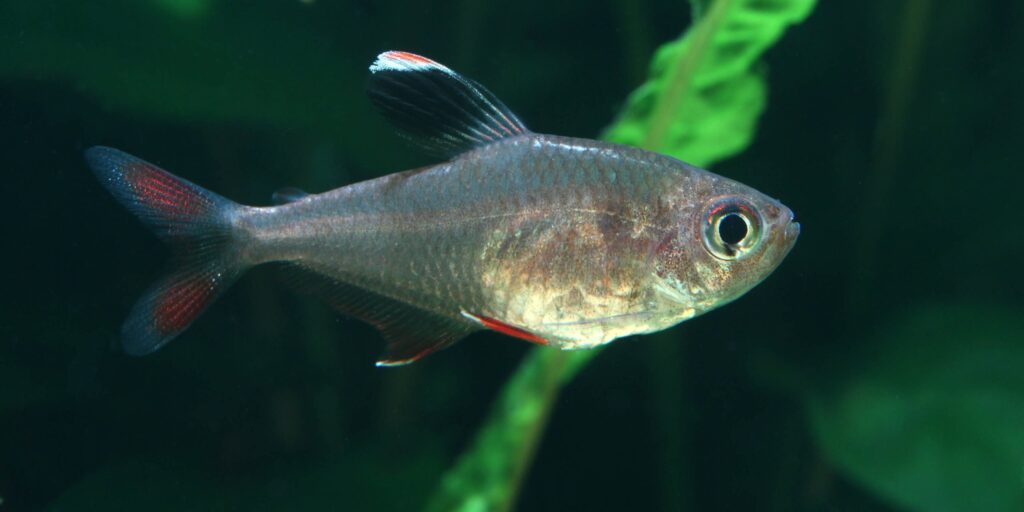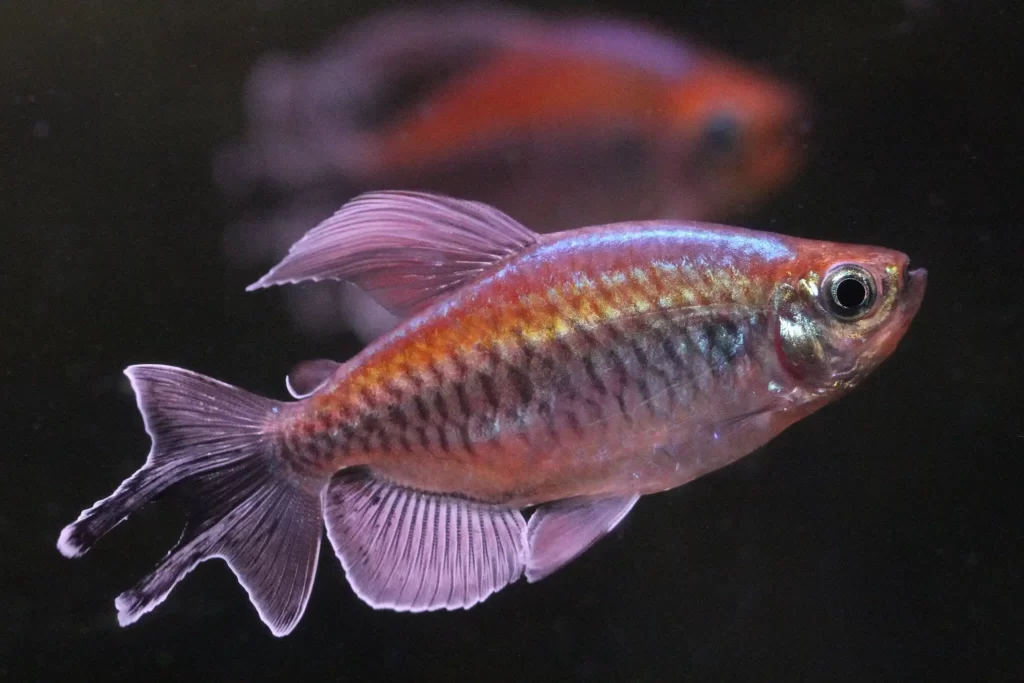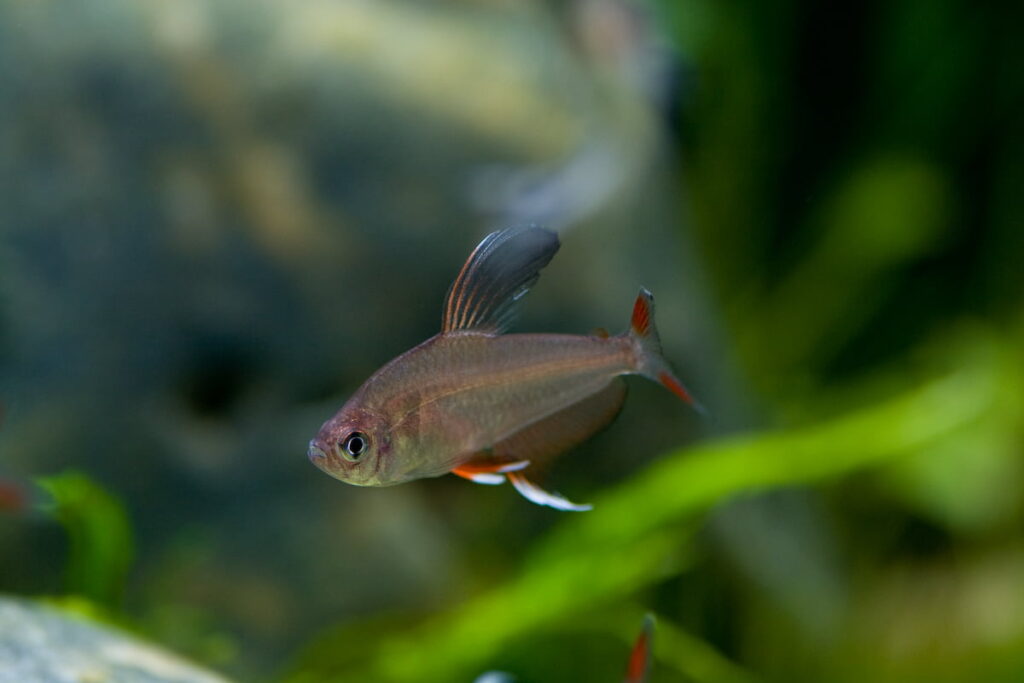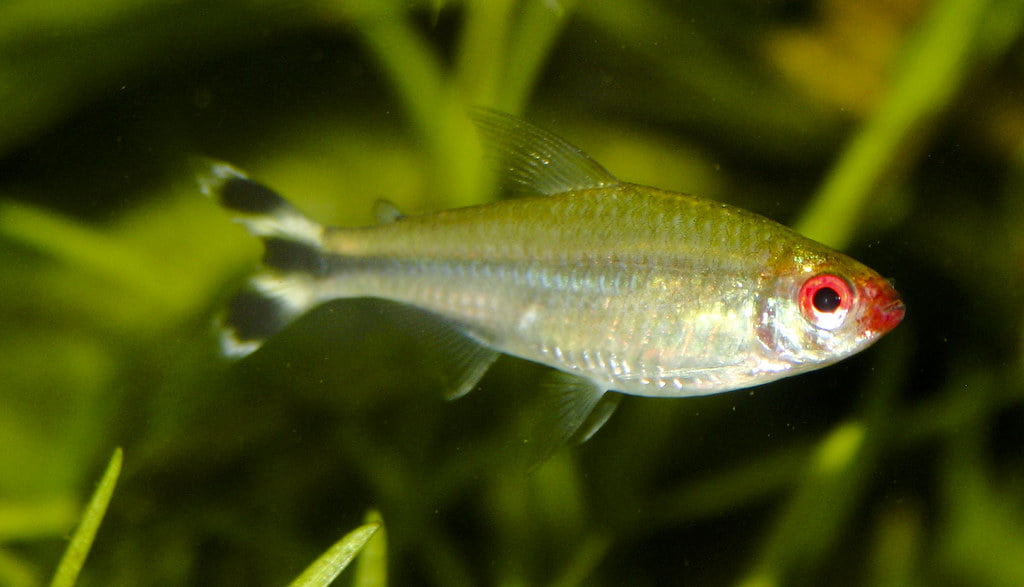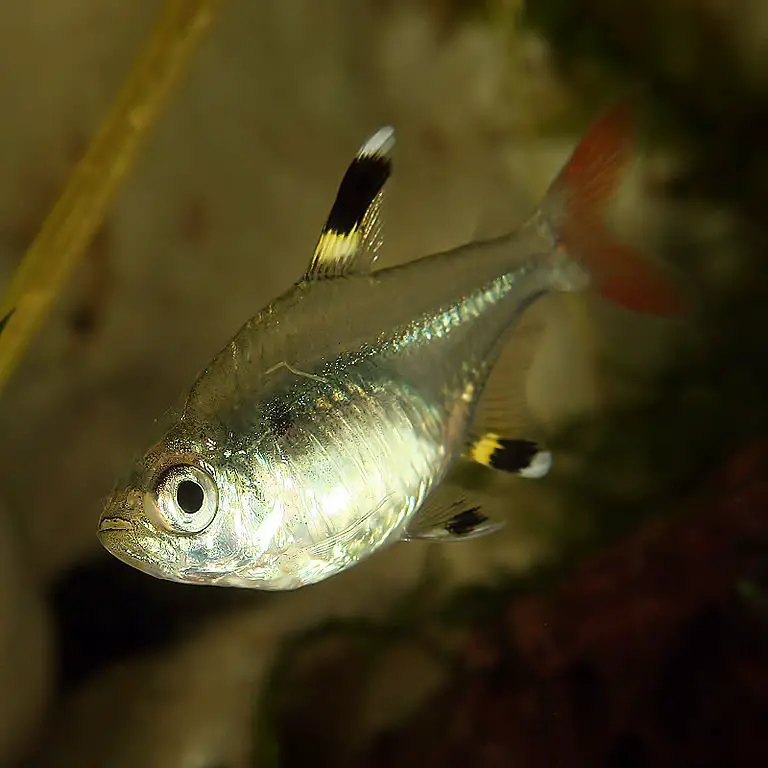Though there is an increase in the number of fish keepers or breeders, many still don’t know about tetra fish. Most of the beginner aquarists get confused about whether the tetra fish are livebearers are not. Before adding up any tetras, you must know about them properly. So, today, I am going to share some important guidelines and information regarding how tetra fish breed, differentiating the gender, and whether or not tetra fish are livebearer fish.
In simple words, the answer is ‘No,’ tetra fish are not livebearers. The term ‘livebearers’ refers to fish that gives birth to a live baby fish than laying eggs. The fertilization process occurs inside the female. But in the case of tetra, it does not follow the same pattern as most livebearers do. Instead, tetra fish reproduce and spawn through laying and hatching eggs. So don’t get confused tetra fish in livebearers fish. In this article, we have covered up all the necessary information which you are looking for. So without delay, let’s get started.
Introduction of the Tetra Fish
Tetras are an active schooling fish that will definitely add beauty to your community aquarium. Despite the aggressiveness of some species if tetra fish, they are active schooling fish that work well in a peaceful community aquarium. It is best to keep them at least six or more of the same species in the aquarium.
Characteristics of tetra fish are listed below for you;
- Family-Alestidae; -Characidae; -Lebiasinidae
- Kingdom: Animalia
- Phylum: Chordata
- Order: Characiformes
- Class: Actinopterygii
What is Livebearer Fish?
Livebearing fish are those fish that undergo internal fertilization and produce live baby fish at the end of their “pregnancy.” There are more than 500 known livebearing species of fish, most of them are marine and are not available in the trade so far.
Livebearers don’t provide any brood care after release, and many of them will even prey upon their baby fish right after birth, so you have to separate parents and fry. They release fully-formed baby fish, and almost all livebearers provide at least some nourishment factor to the developing embryos altogether. Different research claims that the fertilized eggs cannot develop into viable young outside of the womb.
When we hear the term “livebearer,” our minds almost automatically think of the guppies, platies, mollies, and swordtails. By far the best-known livebearers in the family Poeciliidae so far. The retail big four (guppy, molly, swordtail, and platies) were all developed from members of the Poeciliidae family.
List of Some Livebearer Fish
Guppies
The guppy is also known for the name as million fish and rainbow fish. Guppies are one of the most distributed tropical fish and freshwater fish in the world. The Guppies belong to the family Poeciliidae. Like almost all American members of the Poeciliidae family, guppies release live babies.
Platies
This fish is a common freshwater fish that doesn’t have a “sword” at the bottom of its tail. Both species swordtail and platy are livebearers, similar to other fish of the family Poeciliidae.
Mollies
Mollies somehow have similar behavior like guppies to some extent. Molly fish are a member of the family Poeciliidae and are also overbearing fish. Molly is a small size of tropical fish that originates from South and Central America. They are typically found in freshwater streams, but they are also known to inhabit brackish coastal seawaters.
Green Swordtail
This fish is a species of freshwater fish which lies in the family of Poeciliidae. This fish is also a livebearer, and it is somehow related to the southern platyfish’. And Green Swordtail and platy are likely to be crossbreed also so far.
Do Tetras Give Live Birth?
As a matter of fact, tetras are not livebearers, they lay eggs for the reproduction process. The female scatters the eggs at different parts of the aquarium tank, and the male fish fertilize them. The eggs hatch in about 24 hours approximately.
Yes, most of the tetras lay a clear egg that is slightly smaller than 1 millimeter. Adhesive eggs are seen in the moss or yarn mop usually. When you see eggs in the spawning tank, you have to move the pair into the display tank right away. This is because the breeding pair might eat their own eggs.
A female tetra fish can lay about 100-200 eggs, but not all of them will hatch. After the eggs are laid, they will take about 24 hours to hatch. You can expect about 50% of baby tetras to hatch from the eggs in most of the cases. The baby tetras will look like small splinters of glass swimming around the aquarium tank.
What do Tetra Fish Eggs Look Like?
Tetra fish looks like tiny clear globes; a black dot inside an egg means it was successfully fertilized. If you do have Java moss or have placed a spawning mop at the bottom of your tank, you will see the eggs sticking to the yarn and leaves. Tetras generally do not care for the eggs and can also feed on them.
Where do Tetra Fish Lay Eggs?
The eggs are laid near on plants or on the bottom of the aquarium, scattered on the gravel nearby. Once the eggs hatch in the wild, the fry has to avoid parental cannibalism, usually by hiding in the plants and among rocks, until they grow large enough to swim for them. Just to avoid risk, there should be enough hiding spots for your tetra baby fish.
How to Know When Your Tetra Fish is Pregnant?
Have you ever noticed that your tetra fish has gained mass, especially around the abdomen, sometimes? A female tetra fish’s abdomen will grow just before spawning time, so there will be a dark spot on the underbelly of the fish near the tail. The dark spot usually shows right before the fish is due to the spawning process.
Are There any Major Differences Between Livebearers and Non-livebearer Fish?
As a matter of the fact that livebearers and non-livebearer do not share similar traits in most of the cases, the only difference is that livebearers give birth to young one the other are egg scatterers, meaning they lay eggs.
According to some studies, it has claimed that the survival rate of fish fry that are internally fertilized is higher than the ones which are reproduced by eggs. The livebearer fish baby tends to be more healthy and easy to care for than the ones that hatch from the egg externally.
Why do People Confuse Some Tetra Fish as Livebearer Fish?
Sometimes, the pregnant tetras grow an extensive swollen belly due to the presence of eggs in it. Some beginner aquarists who have no such prior experience of breeding tetras think as it is due to pregnancy. But in reality, it’s not like that for sure. That’s why many people confuse tetra fish as livebearers. And as tetra fish are similar to guppies mollies platies and swordtail, many people think that tetras are livebearers too.
List of Tetra Fish Which People Get Confuse as a Livebearer Fish
Neon tetra
Neon tetras are the type of tetra fish that are very compatible with most of the fish. It has quite jelling up nature in itself. Somehow many people consider it a livebearer due to its swollen belly most of the time. But the fact is, it occurs as it carries eggs in the stomach, and adding further it lays eggs not bearing live ones.
Glofish
GloFish is not a livebearing fish species as they do not live young as mammals or even some other fish do. The pregnant appearance appears due to a belly full of eggs. It also leads to the sexual dimorphism between male and female GloFish in most of the cases.
Black Skirt Tetra
A pregnant black skirt tetra is pretty easy to identify although black skirt tetras are not livebearers. In other words, they do not intend to give birth to live babies, they lay eggs. So logically, these fish never get pregnant.
Conclusion
It is obvious that people can’t acquire all the knowledge as the learning process never stops in life. So sometimes you have to be a researcher also at times while keeping the fish at your home. In the context of fish, you might have got confused about whether the tetra fish is livebearer or not. But with knowing its major distinct differences, you can easily differentiate from now on.
After reading this article so far you are all set to continue the extremely amazing journey of keeping the fish. The fact is the more you know, the better the things will be. So you always need to keep in touch with all the information related to fish in order to keep them properly.
